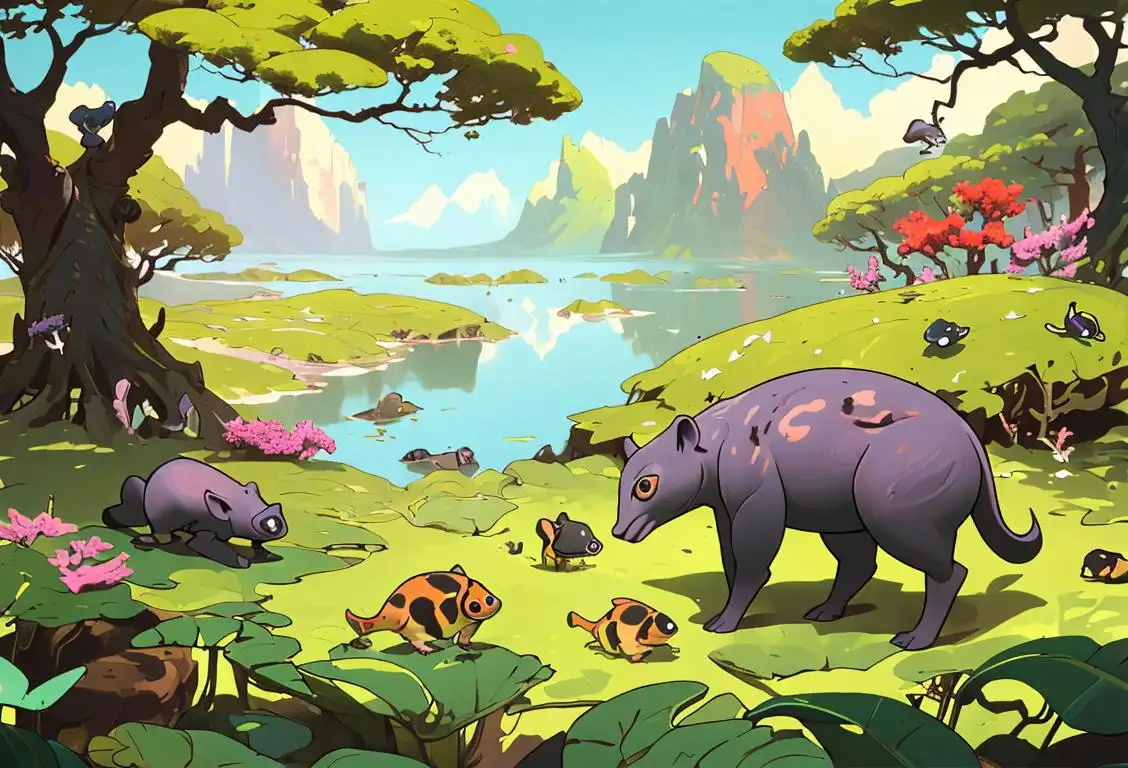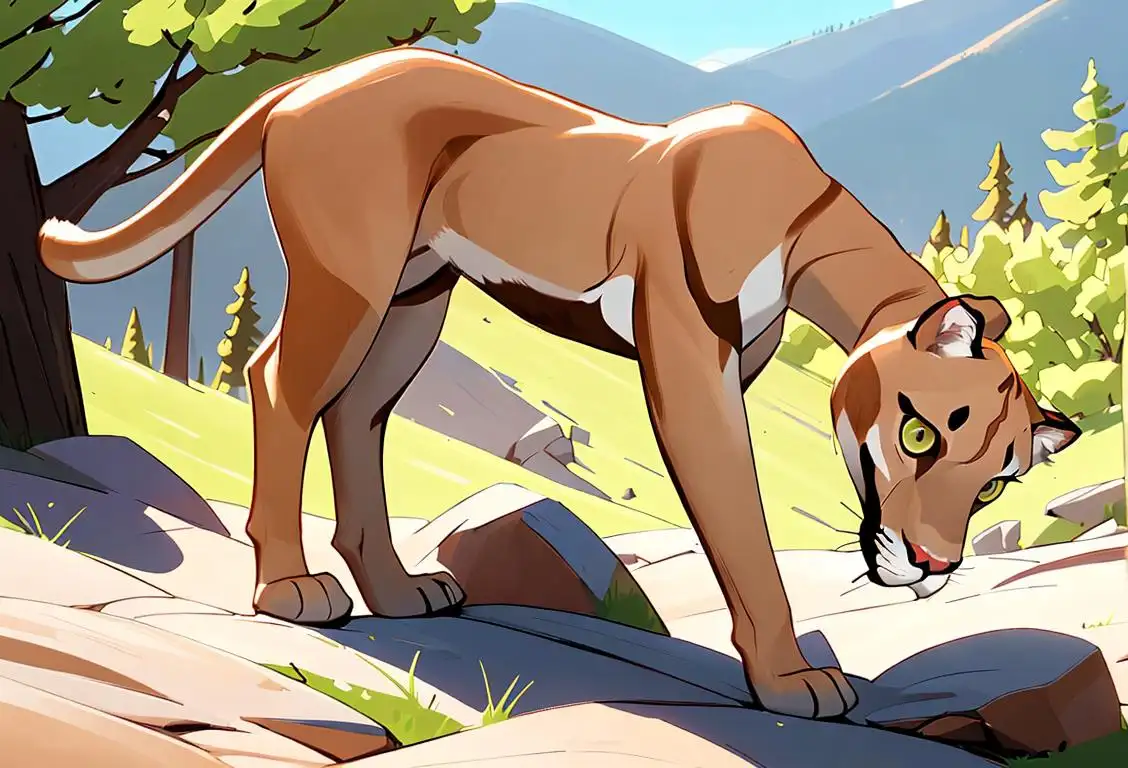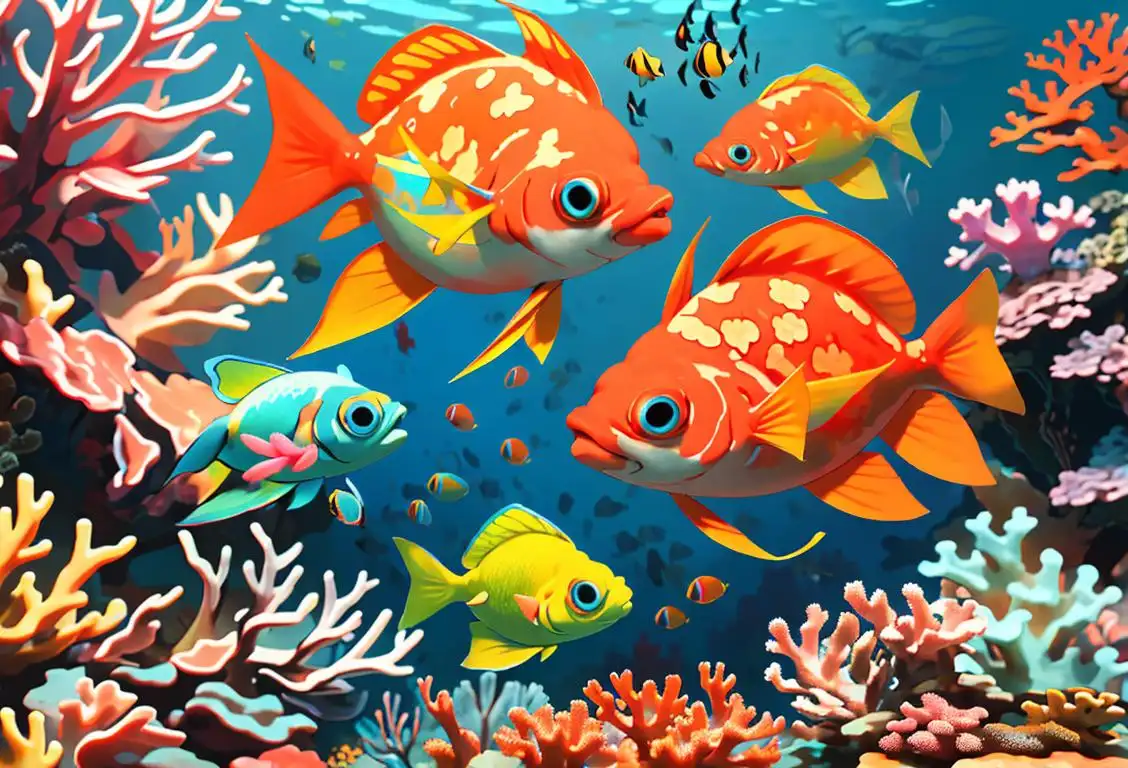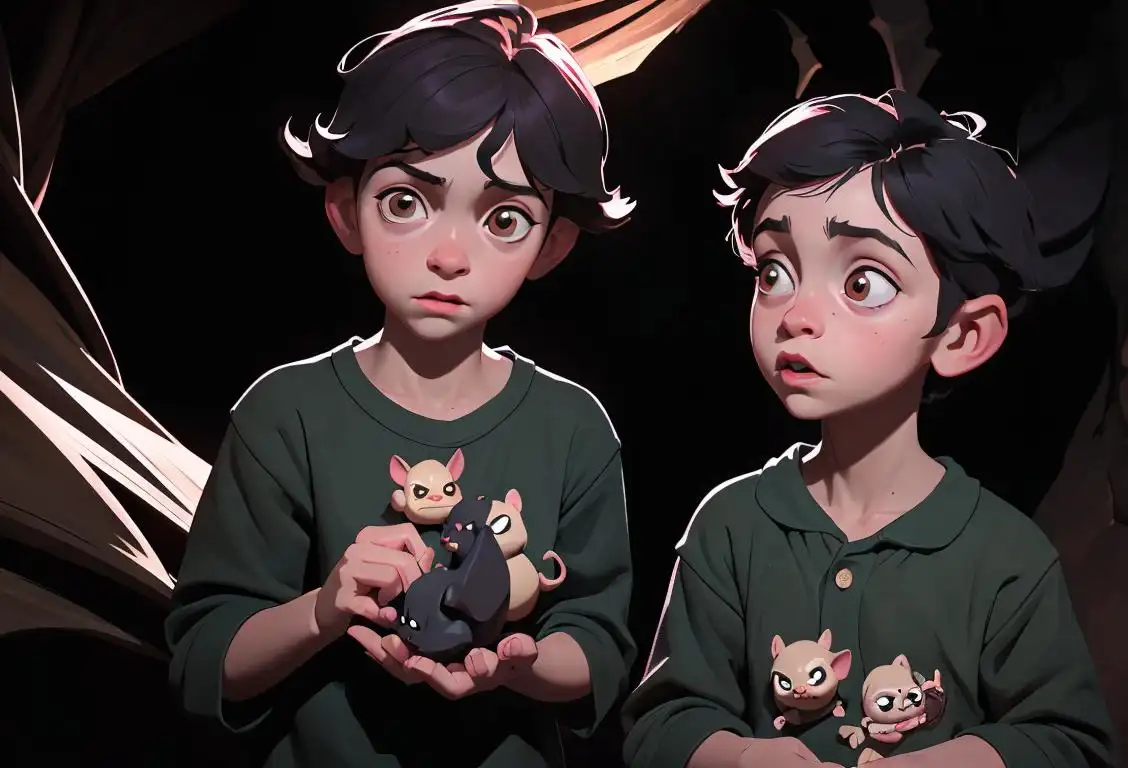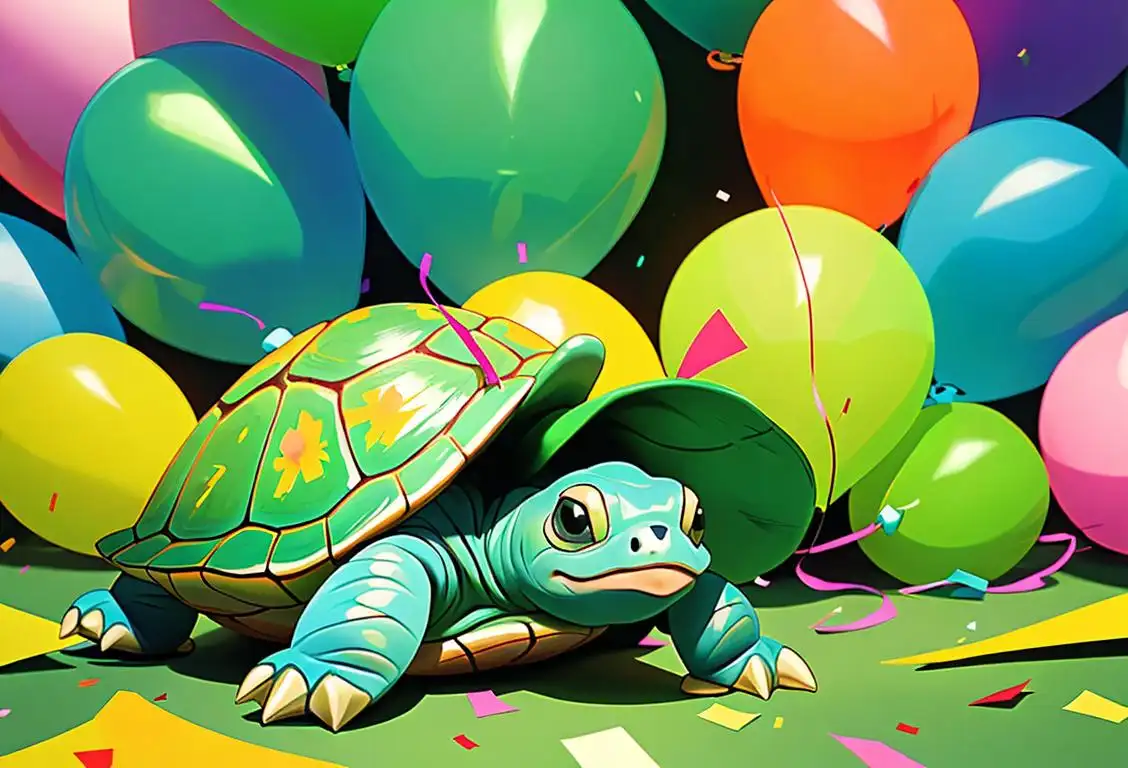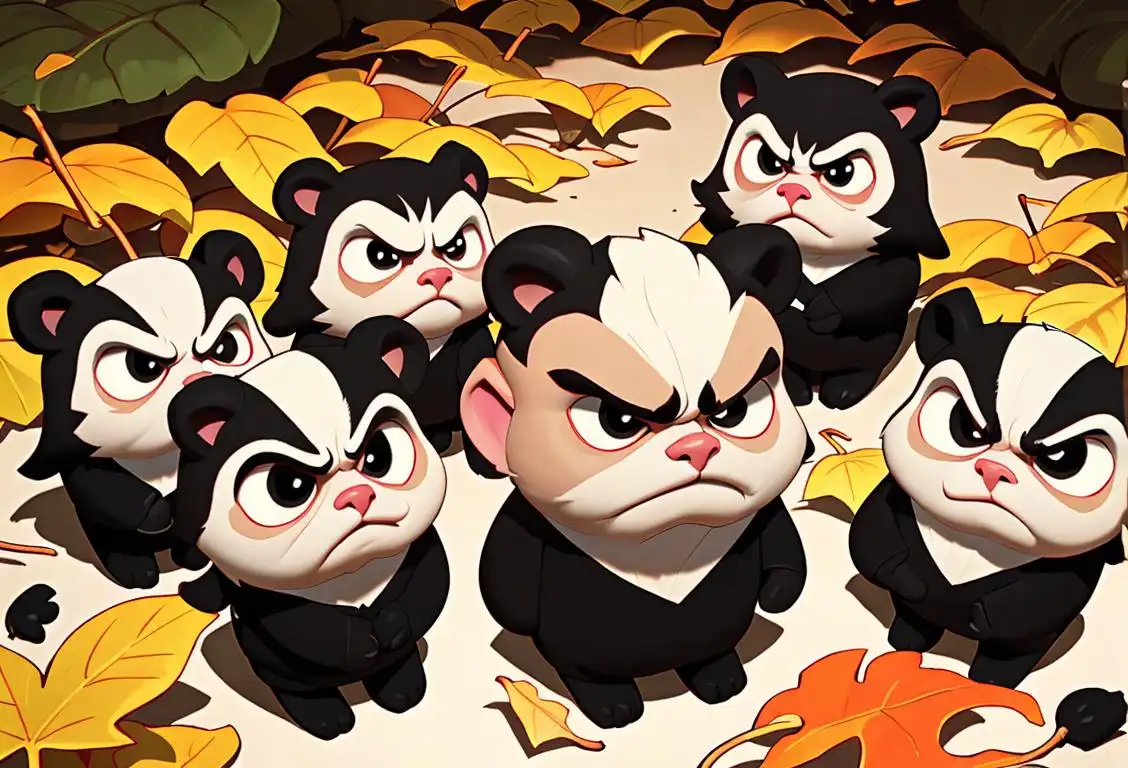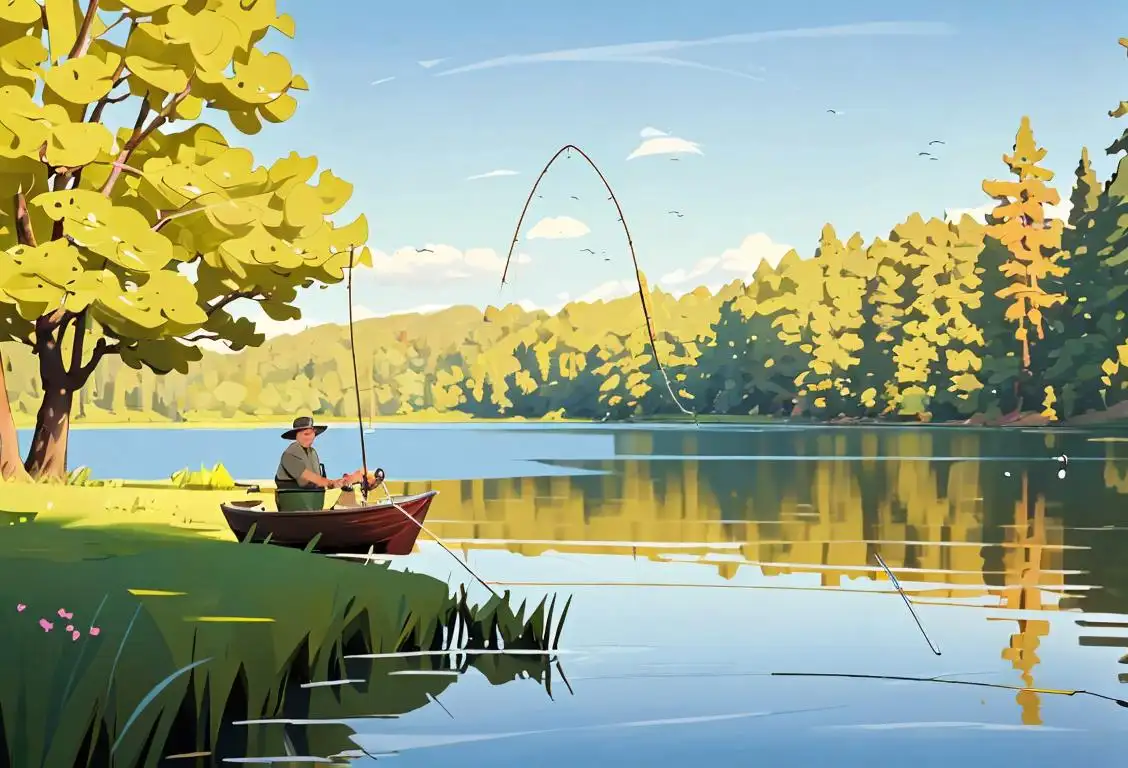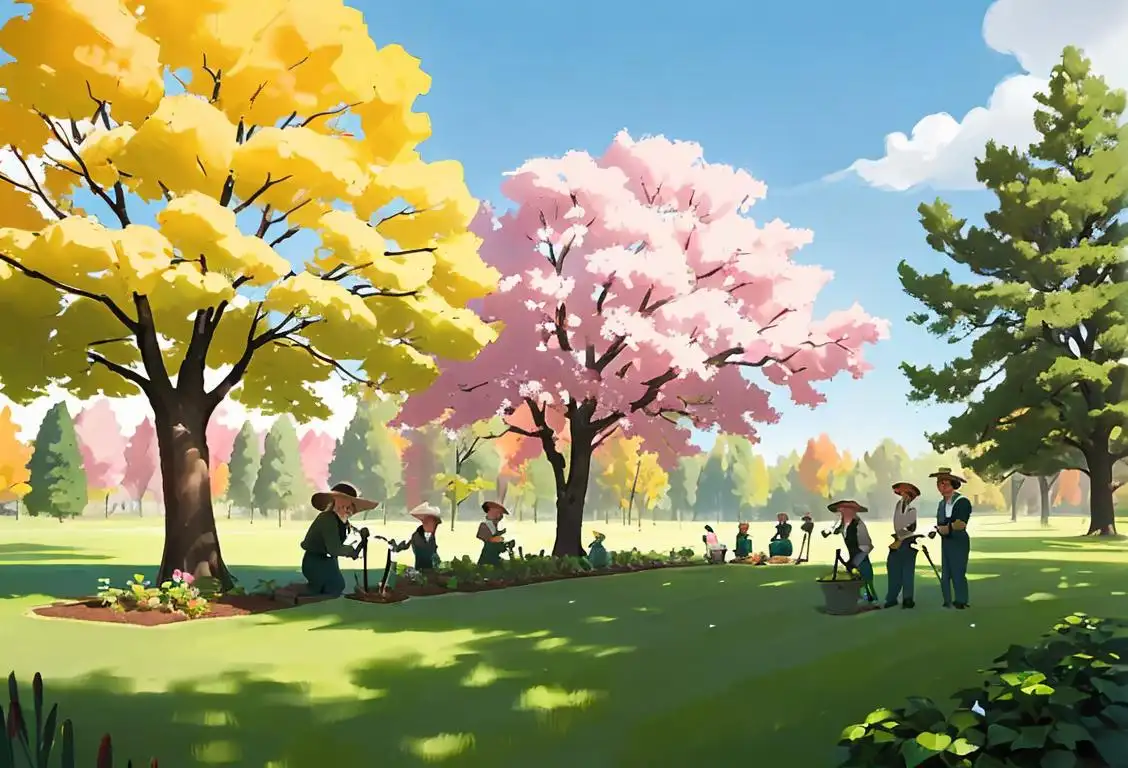National Wombat Day
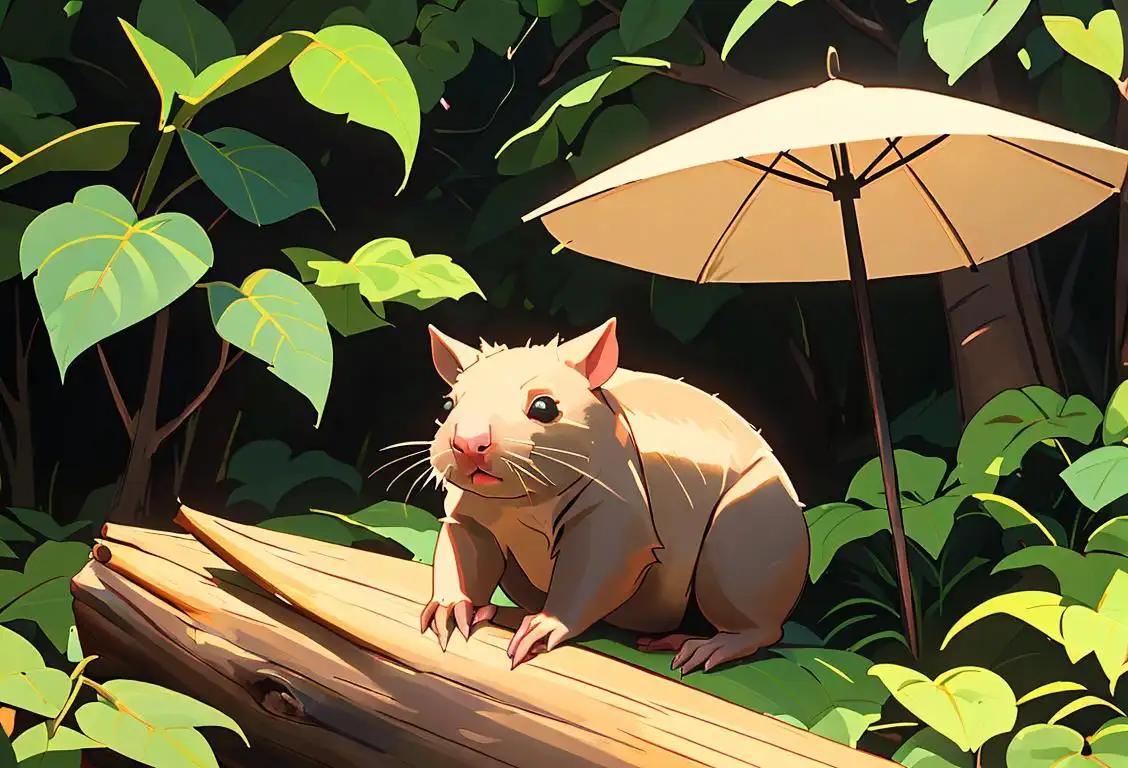
Welcome to the wonderful world of National Wombat Day! Get ready to embark on an adventure filled with cute and cuddly creatures, interesting facts, and a whole lot of wombat love. This is a day that celebrates everything wombat-related, so grab your hiking boots and get ready to explore the fascinating world of these furry fellas.
When is Wombat Day?
It's national wombat day on the 22nd October.
The Origins of National Wombat Day
Let's dive into the internet history of National Wombat Day! This delightful celebration was first introduced by passionate wombat enthusiasts who wanted to raise awareness about these unique Australian marsupials. It all started back in 2005 when a group of dedicated wombat lovers created an online campaign to promote the conservation of wombats and educate people about their importance in the ecosystem.
Since then, National Wombat Day has gained traction across social media platforms, with adorable wombat pictures and heartwarming stories flooding our timelines every year on October 22nd. It's a day to embrace our love for these fascinating creatures and spread the word about their conservation.
Why Wombats Are Worth Celebrating
Wombats may seem like your average chubby, burrowing marsupials, but they are so much more. Did you know that wombats have cube-shaped poop? Yes, you heard that right! Their unique digestive system helps them create these fascinating poop cubes that are excellent for marking territory and stacking for easy navigation.
Not only are wombats excellent trailblazers when it comes to poop placement, but they are also formidable burrowers. Their sturdy digging skills enable them to create complex underground networks that provide shelter for themselves and other animals during bushfires and extreme weather conditions. Talk about being nature's own architects!
How to Celebrate National Wombat Day
Now that you're fully immersed in the world of wombats, it's time to celebrate National Wombat Day in style. Here are a few ideas to make your day extra special:
- Learn more about wombats by researching their habitats, behaviors, and unique characteristics. You'll be amazed at what you discover!
- Share adorable wombat pictures and fun wombat facts on social media using the hashtag #NationalWombatDay to spread the joy.
- Consider making a donation to an organization that supports wombat conservation efforts. Every little bit helps!
- Host a wombat-themed movie night with friends or family. Grab some popcorn and enjoy films like 'Wombats: The Undercover Cuties' or 'Wombat Wonderland.'
Spread the Wombat Love
National Wombat Day is all about raising awareness and spreading the love for these adorable creatures. So, let's join hands (or paws) and make a difference in the lives of wombats everywhere. Whether you choose to donate, share, educate, or simply marvel at their cuteness, remember that every action counts when it comes to conservation.
History behind the term 'Wombat'
1798
Discovery of Wombats
In 1798, the term 'wombat' entered the English language when European settlers in Australia encountered this peculiar marsupial. The first recorded description of wombats was given by British botanist George Shaw. He coined the term 'wombat' based on the Aboriginal name for these animals, which was 'wambat'.
1822
Scientific Classification of Wombats
In 1822, French naturalist Anselme Gaëtan Desmarest classified wombats within the family Vombatidae. He recognized three species: the Common Wombat, the Southern Hairy-nosed Wombat, and the Northern Hairy-nosed Wombat. Desmarest's classification laid the foundation for studying the different species of wombats.
1854
Wombats in Literature
Wombats began to capture the public's imagination during the mid-19th century. One of the most famous mentions of wombats in literature comes from Lewis Carroll's 'Alice's Adventures in Wonderland', published in 1865. In the story, the Mad Hatter describes the Time as 'burns the evening candle up from down', and compares it to the way a 'wombat would do' things.
1909
Wombats as a Symbol of Australia
Wombats became an iconic symbol of Australia during the early 20th century. In 1909, the Australian government issued a postage stamp featuring a portrait of a wombat. This recognition marked the significance of wombats in Australian culture and helped elevate their status as a beloved national symbol.
1975
National Wombat Day
National Wombat Day was established in 1975 as a fitting celebration of these unique creatures. Observed on October 22nd each year, National Wombat Day aims to raise awareness about the conservation efforts needed to protect wombats and their habitats. It is a day dedicated to appreciating the contribution of wombats to the Australian ecosystem.
Did you know?
Did you know that wombats have cube-shaped poop? Their unique digestive system helps them create fascinating poop cubes that are excellent for marking territory and stacking for easy navigation.Tagged
awareness fun nature conservationFirst identified
22nd October 2015Most mentioned on
22nd October 2020Total mentions
529Other days
Organism Day
Wombat Day
Cougar Day
Fish Day
Bat Appreciation Day
Turtle Day
Badger Day
Hunting And Fishing Day
Tree Planting Day
Go Fishing Day
